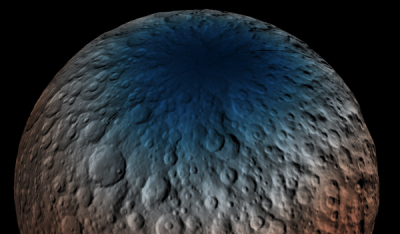New smallsat rocket company obtains financing
The competition heats up: A new rocket company, Vector Space Systems, has announced that it has obtained seed money to begin the development of a new rocket for launch very small satellites.
Vector is designed to provide dedicated launches of very small spacecraft. The vehicle is capable of placing satellites weighing up to 45 kilograms into a basic low Earth orbit, and 25 kilograms into a standard sun synchronous orbit. Those launches will cost $2–3 million each, with the higher price reserved for “first class” launches reserved as little as three months in advance.
This rocket would compete with Virgin Galactic’s LauncherOne and Rocket Lab’s Electron for the smallsat and cubesat business.
The competition heats up: A new rocket company, Vector Space Systems, has announced that it has obtained seed money to begin the development of a new rocket for launch very small satellites.
Vector is designed to provide dedicated launches of very small spacecraft. The vehicle is capable of placing satellites weighing up to 45 kilograms into a basic low Earth orbit, and 25 kilograms into a standard sun synchronous orbit. Those launches will cost $2–3 million each, with the higher price reserved for “first class” launches reserved as little as three months in advance.
This rocket would compete with Virgin Galactic’s LauncherOne and Rocket Lab’s Electron for the smallsat and cubesat business.

